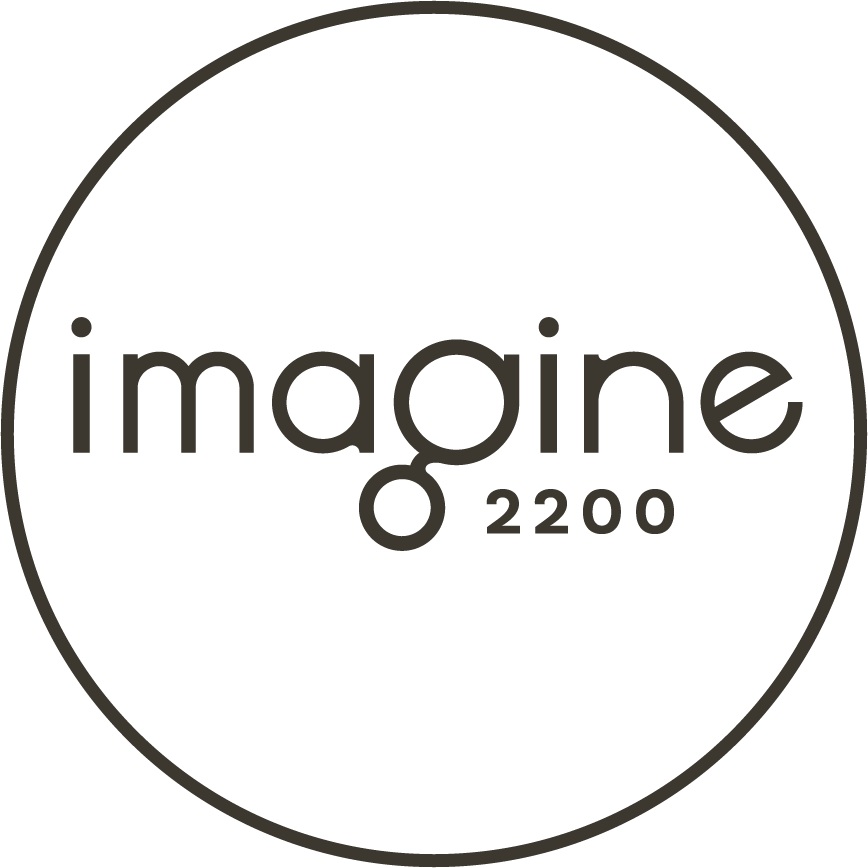Imagine 2200, Grist’s climate fiction contest, celebrates stories that offer vivid, hope-filled, diverse visions of climate progress. Discover all the 2024 winners. Or sign up for email updates to get new stories in your inbox.
This is Grist’s third year publishing an Imagine 2200 climate fiction contest. Each year, as we prepare to release 12 new stories depicting hopeful, intersectional climate futures, I find myself thinking back on what this initiative has meant to me personally. We hope these stories kick-start readers on a journey of rediscovering hope for what the world could be, and jump-starting imaginations about what our future could look like. For me, that journey has been profound.
When I first started working on Imagine 2200, back in 2020, I was skeptical of the value of hopeful stories. After all, the seeds of this initiative were taking root at the beginning of the pandemic, in the middle of the rise of far-right extremism, and during an uprising that was challenging systemic racism. Things felt bleak. Here I had been charged with developing and leading an initiative grounded in hope and solutions, but I myself was angry, slightly depressed, and starting to believe that we are all doomed.
Through working at Grist I started to read, discuss, and be in community with folk who were reporting on people working to build a better future. They had hope, they were invested in solutions, and they were pushing back against the status quo. Grist’s reporting and focus on climate, justice, and solutions became sort of a balm. Something in me took root. I started to find my old self. I realized that hopeful stories are not about ignoring the problems we face. Instead, they are about imagining a better future, and giving us the courage to fight for it.
During the pandemic I sought out work by Afrofuturists, Indigenous futurists, Latinx futurists, Asian futurists, disabled futurists, feminist futurists, queer futurists, hopepunks, and solarpunks. These movements are creating stories that imagine futures free from oppression, extraction, and colonial systems of harm, and often the most potent weapon the characters in these stories have is their community and hope. These movements and genres offered me a glimpse of a better future, and helped me find the part of myself that was slipping away and turning toward pessimism and darkness.
We are not doomed. It’s fatalistic to think so. It is not too late for our species and all the other creatures on Earth. There is still a chance to avert the worst effects of climate change if we take action now, and climate fiction and climate storytelling are necessary tools in our toolbox of solutions. Humans need stories. Stories are central to building community, communicating, and visioning. Hopeful visions and narratives of the future help motivate us to take action and build a better future.
These are the values that guided Imagine 2200, and that keep driving the contest each year. I know firsthand the power that stories have to rewire our thinking, because they were part of that journey for me.
This year’s collection of stories features a diverse range of characters and perspectives, from beekeepers and cooks to families and communities. But they all share a common thread: a belief in the power of hope to overcome even the most daunting challenges.
In one story, a beekeeper finds a new sense of purpose after helping to develop a warning system for floods. [Read: To Labor for the Hive]
In another, an art show forces a cook to reflect on the importance of community in the face of disaster. [Read: Accensa Domo Proximi]
These stories are not afraid to explore the challenges ahead. But they still offer us a glimpse of a brighter future, where we are working together to build a more sustainable and just world.
They also show us many cultures existing in that future world, drawing from authentic experiences to craft rich characters deeply embedded in place and tradition.
Culturally authentic stories can help us to see the world through different lenses and to imagine new possibilities. They help us to build empathy and understanding for different cultures and perspectives, while also making space for everyone to see themselves in visions for the future. Science fiction and futurism often leave behind or deemphasize our world’s cultures. Imagine 2200 is offering a different type of futurism, where cultures are emphasized and celebrated.
As the artist and cultural producer Alisha B. Wormsley has stated, and emblazoned on a billboard in Pittsburgh, “There are Black people in the future.”
Climate change is a global crisis, but it does not affect everyone equally. Marginalized communities, such as Indigenous communities, Black communities, queer folk, and people with disabilities, are disproportionately impacted by climate change. Climate fiction and climate storytelling needs to center the voices and depictions of marginalized communities. We also believe that intersectional characters are more relatable and believable. When we see characters who are complex and multidimensional, we are more likely to connect with them and their stories.
That authenticity, representation, and richness is something we hope you find in this year’s collection. From “Cabbage Koora” to “A Seder in Siberia” and “To Labor for the Hive,” many of these stories show a future where our diverse cultures not only survive but thrive.
I hope the three finalists and nine runners-up published in this year’s Imagine collection help you find inspiration in climate futures, and reignite your journey toward hope and empowerment.
Read the full collection now: Imagine 2200, the 2024 collection


